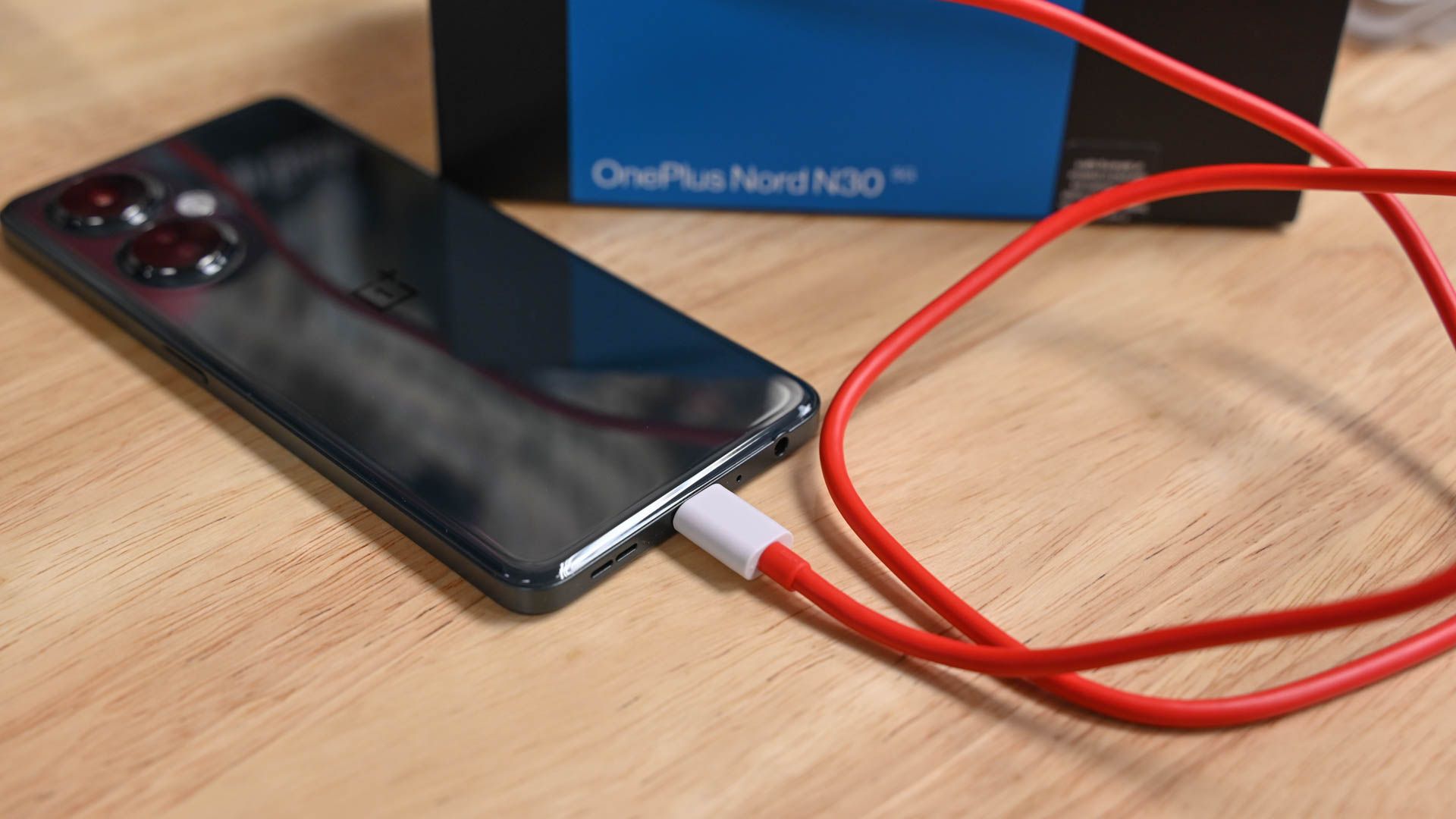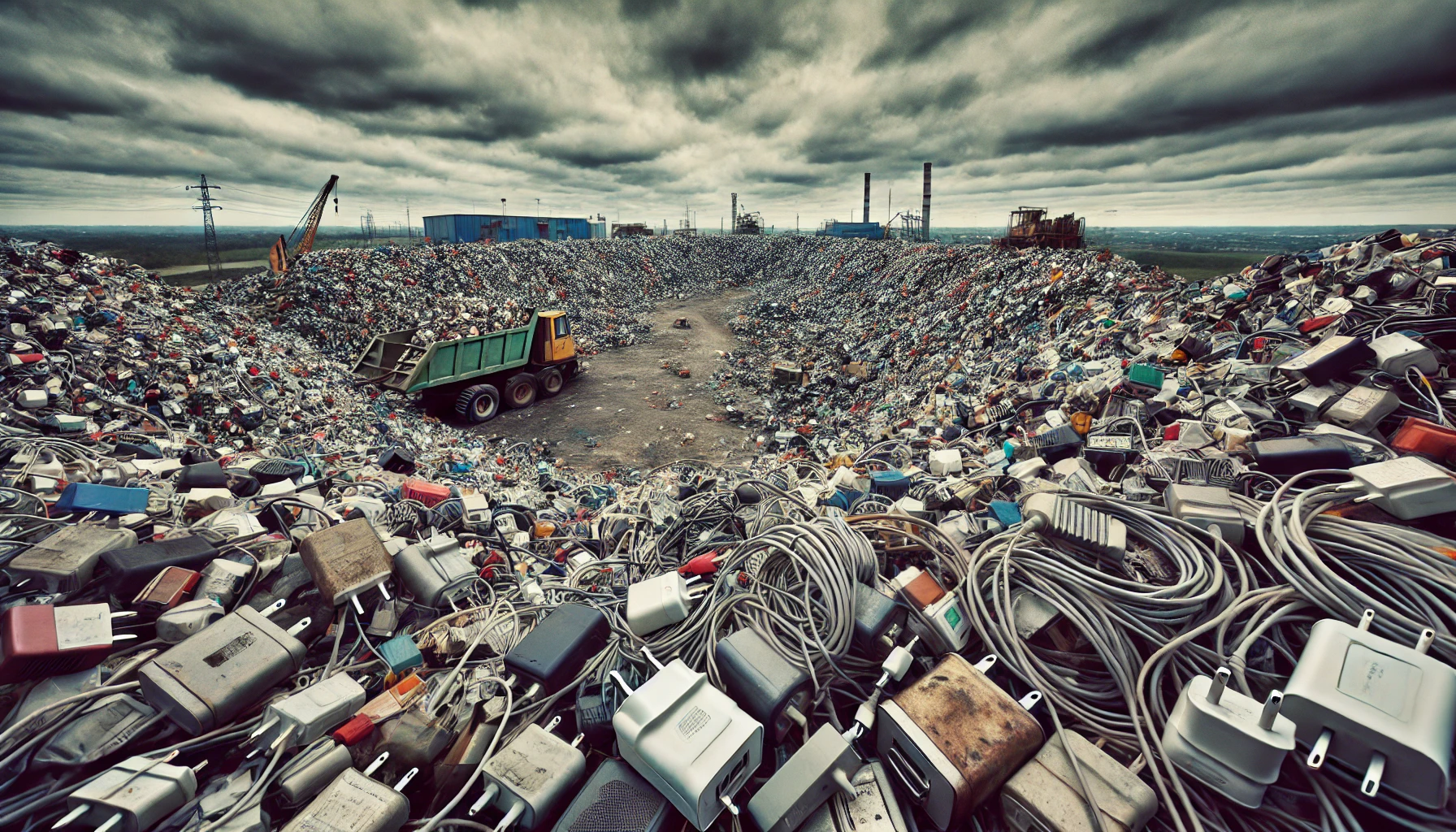Over the past few years, smartphone makers have started pulling the charger from their boxes. Apple was the first big player to do it, and soon after, brands like Samsung, Xiaomi, and even OnePlus followed suit. The reasoning? It’s usually framed as a way to cut down on electronic waste, but the story’s not that simple.
Is this move really about saving the planet, or is it a cost-cutting tactic that leaves consumers paying more? Let’s dig into both sides of the argument and see what this trend means for you.
Why Dropping the Charger Might Not Be a Big Deal
For some of us, not getting a charger with a new phone isn’t really a big deal. Personally, I’ve got plenty of chargers lying around, including a 218W GaN charger that I use to power multiple devices. When I buy a new phone, I’m not rushing to use the charger that comes in the box, because my existing charger is faster and more convenient.
A lot of people are in the same boat. Over the years, we’ve accumulated several chargers from previous phones, and now that every brand has shifted to USB-C, you can use one charger for pretty much all your devices. So, if a phone manufacturer like Xiaomi decides to remove the charger from its new 14T series, it’s not the end of the world. Many of us already have what we need, and brands argue that by not including another charger, they’re helping reduce unnecessary electronic waste.
For people with a solid charging setup already in place, this trend might even feel like a win. You’re reducing clutter, and in theory, you’re doing your bit to help the environment by avoiding more e-waste.
But What About Proprietary Charging Technologies?
That being said, things get a little more complicated when you start looking at phones that use proprietary charging technologies. Not all chargers are created equal, and some brands use specialized fast-charging systems that require their own specific charger for you to get the best speeds.
Take the Xiaomi 14T series. The Xiaomi 14T supports 67W fast charging, while the 14T Pro supports 120W fast charging, which is super impressive—if you have the right charger for it. So, unless you already have Xiaomi’s 67W or 120W charger lying around, you’re going to have to buy one separately.
This issue isn’t exclusive to Xiaomi. Look at Apple’s iPhone 16 series, which now supports 45W fast charging. Sounds great, right? But without a charger in the box, if you don’t already own a compatible 45W charger, you’ll have to fork out more cash to buy one.
In the end, consumers are often left with slower charging speeds unless they spend extra to get the full experience. It can feel frustrating to buy a flagship phone only to find out that you’re not getting its advertised performance unless you pay more for the right accessories.
The Environmental Argument—Is It Strong Enough?
The main reason smartphone makers give for dropping the charger is sustainability. By not including chargers, they say they’re cutting down on e-waste and helping the planet. And honestly, there’s some truth to that. If you think about the millions of smartphones sold each year, reducing the number of chargers being produced, shipped, and eventually thrown away could make a difference.
Take Europe’s Common Charger Directive, which encourages companies to stop including chargers in their phones sold globally. The idea is that most people already own a charger that works, especially with USB-C becoming the standard.
But here’s where things get murky. If people are forced to buy separate chargers because their old ones aren’t powerful enough for fast charging, are we really reducing waste? Buying a separate charger still means packaging, shipping, and additional production, all of which contribute to the carbon footprint. So, while the intention behind dropping the charger might be environmentally friendly, the actual impact might not be as big as we’re led to believe.
The Consumer Cost Factor
Let’s not forget about the financial side of things. By not including a charger, manufacturers are saving money on production, but those savings don’t necessarily make it into our pockets. Phones are still as expensive as ever, and now, in some cases, you’re paying more for essential accessories.
While it’s less common these days, there are still people—especially first-time buyers or those upgrading from older, non-USB-C devices—who may not have a charger at all. In these cases, the story is very simple—not having a charger bundled with their new phone is more than just an inconvenience; it’s an added expense they might not have anticipated.
While brands claim they’re being eco-friendly, the reality is that consumers are often left footing the bill. You’re already paying a premium for a flagship phone, and then you have to spend even more just to use one of its key features. It can feel like you’re getting less while paying more, and that’s a frustrating place to be as a customer.
Should We Accept the Trend?
Whether you accept this trend depends on your personal setup. If you’re prepared with the right equipment, you’ll probably be fine. But if you’re someone who relies on bundled chargers, this might change how you think about your next phone purchase.
This trend may be as much about cutting costs as it is about cutting waste. It highlights the ongoing shift toward a more modular consumer experience, where every accessory comes with an additional price tag. In the end, this forces consumers to think harder about whether their next phone purchase offers real value—or just another reason to open their wallets.






